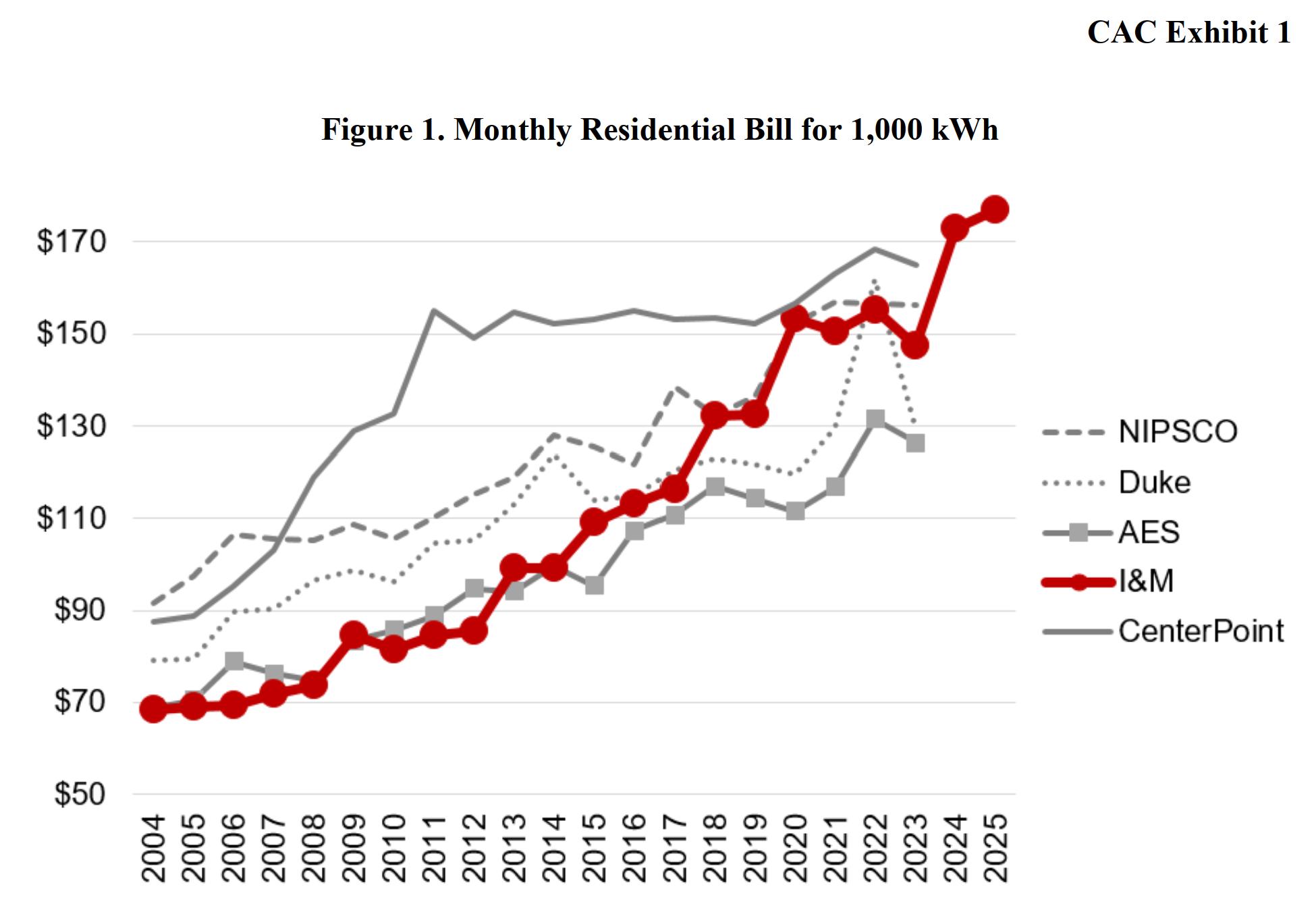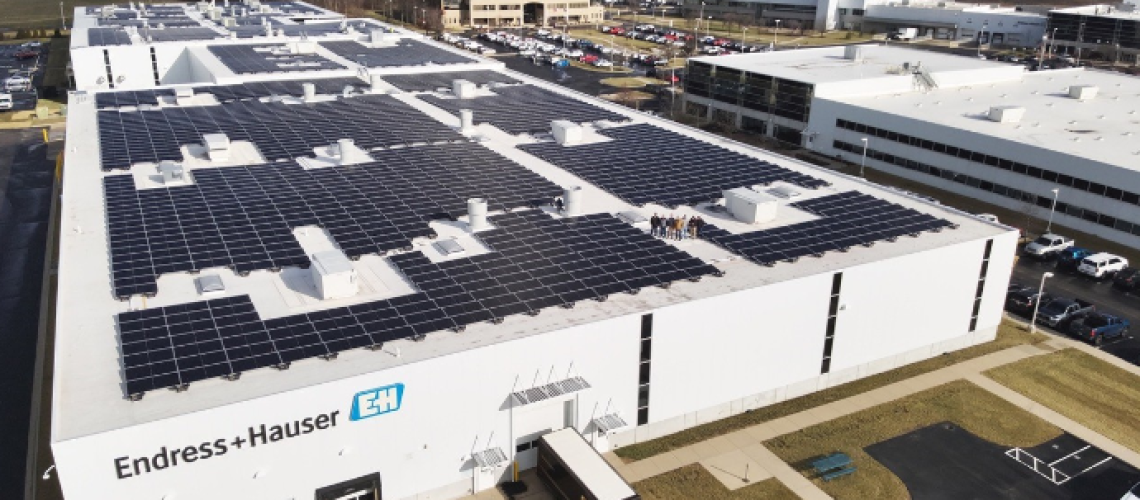A recent filing by Citizens Action Coalition of Indiana reveals a 67% decrease in distributed solar installations since Indiana-Michigan Power Company replaced net metering with the “excess distributed generation” program.
The demise of rooftop solar in Indiana coincides with significant increases in electricity prices over the last two decades. This development was brought to light in recent filings that show the Indiana-Michigan Power Company (I&M) is seeking a 23% hike in electricity rates. The Citizens Action Coalition Indiana (CAC Indiana) indicates that distributed solar collapsed after the state eliminated net metering in favor of “excess distributed generation” (EDG) tariff on July 1, 2022, the day that Indiana rooftop solar died.
As this has occurred, electricity utilities are now seeking to massively increase the cost of electricity.
According to CAC Inidana’s filing, “The amount of solar installed has decreased dramatically. As shown in Figure 16, in the last one-year period in which net metering was offered (July 2021 through June 2022), I&M customers installed about 7.4 MW of solar. In the one-year period after the EDG tariff replaced net metering (July 2022 through June 2023), solar installations fell to 2.4 MW, a 67% year-over-year decrease in capacity additions.”
The last net metering solar power system in Indiana was installed in the summer of 2023. Featuring bifacial solar panels and ballasted racking, this project is expected to yield $140,000 in operational savings in the first year.
Furthermore, the filing indicated that the average monthly residential electricity bill has more than doubled since 2004, escalating from $70 to almost $150. I&M is now proposing a massive 23% increase, which would push the average bill to $176/month. Accounting for inflation, rates have increased roughly 54% since 2004.

Concurrently with the phase-out of net metering, construction began on the large-scale Mammoth Solar project. SOLV Energy is developing the first 400 MW phase of the 1.3 GWac / 1.65 FW dc facility. The project has secured multiple power purchase agreements, including 80 MW with PNC Bank and portions of the subsequent 360 MW phase with AEP Energy and Doral Renewables.
On November 16, just as the State of California was making drastic cuts to the amount of electricity that apartment complexes were allowed to sell to their renters, the utility PG&E received approval for a 13% rate increase.



